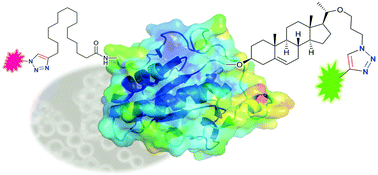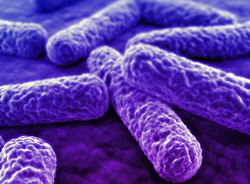 A carbohydrate from the surface of the most virulent strain of the bacterium Clostridium difficile has been synthesised by chemists in Germany. The molecule could be used to develop a vaccine against the infection.
A carbohydrate from the surface of the most virulent strain of the bacterium Clostridium difficile has been synthesised by chemists in Germany. The molecule could be used to develop a vaccine against the infection.
C. difficile infections are the most common cause of hospital acquired diarrhoea and can lead to the death of elderly patients and those with weakened immune systems.’C. difficile is on the rise in industrialised countries,’ says Peter Seeberger, who led the team that carried out the research at the Max Planck Institute of Colloids and Interfaces, Potsdam. ‘There is a need for a vaccine but it’s a big challenge.’
Find out more about Seeberger’s progress towards developing a vaccine in the full Chemistry World news story and download his ChemComm communication, free for a limited period.











 Scientists are a step closer to understanding how an important cell organelle works, which could lead to new insight into disease such as diabetes and Alzheimer’s disease.
Scientists are a step closer to understanding how an important cell organelle works, which could lead to new insight into disease such as diabetes and Alzheimer’s disease.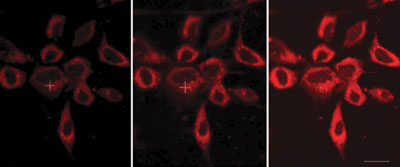 The luminescent probe features an azaxanthone moiety, which is linked to a europium complex by an amide bond. The azaxanthone allows the probe’s uptake into cells and localisation within the mitochondria, and the europium complex has an affinity for bicarbonate ions. The ability to probe bicarbonate levels ‘can offer an unprecedented insight into signalling mechanisms’, says Parker.
The luminescent probe features an azaxanthone moiety, which is linked to a europium complex by an amide bond. The azaxanthone allows the probe’s uptake into cells and localisation within the mitochondria, and the europium complex has an affinity for bicarbonate ions. The ability to probe bicarbonate levels ‘can offer an unprecedented insight into signalling mechanisms’, says Parker.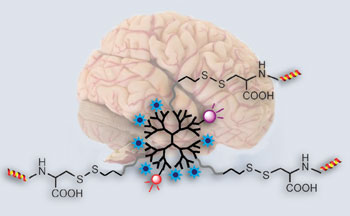 A probe that can cross the blood-brain barrier to allow high sensitivity brain tumour imaging has been made by Chinese scientists. The probe could be used to pinpoint the location and extent of a tumour before an operation and be used for image-guided tumour removal.
A probe that can cross the blood-brain barrier to allow high sensitivity brain tumour imaging has been made by Chinese scientists. The probe could be used to pinpoint the location and extent of a tumour before an operation and be used for image-guided tumour removal. 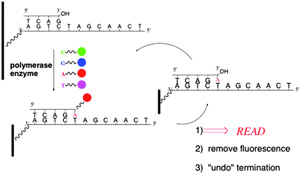
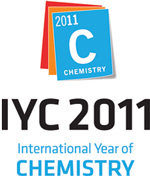
 Cong Li, at Fudan University, Shanghai, and colleagues have made a dendrimer-based nanoprobe called Den-Angio that can cross the blood-brain barrier. It can be used in the magnetic resonance imaging of brain tumours and should make it easier for doctors to distinguish cancerous tissue from healthy cells when cutting out the tumour.
Cong Li, at Fudan University, Shanghai, and colleagues have made a dendrimer-based nanoprobe called Den-Angio that can cross the blood-brain barrier. It can be used in the magnetic resonance imaging of brain tumours and should make it easier for doctors to distinguish cancerous tissue from healthy cells when cutting out the tumour.

